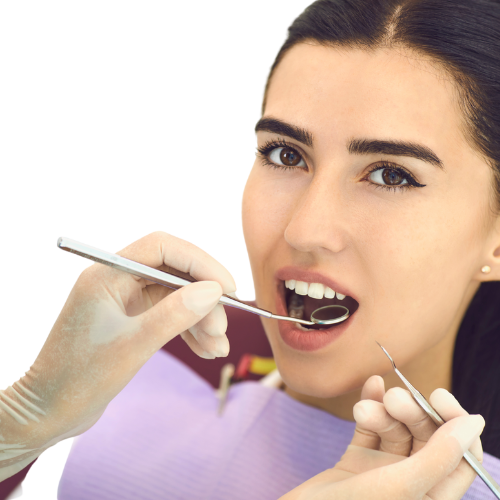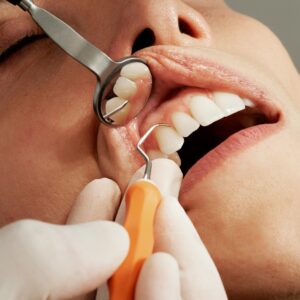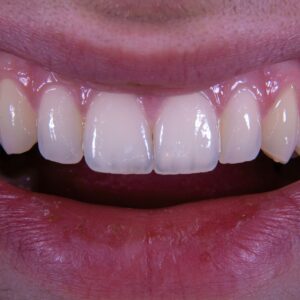WHAT THEY ARE AND HOW THEY WORK
Dental cleanings are professional procedures performed by a hygienist or dentist to remove plaque, tartar, and surface stains from your teeth. Even with regular brushing and flossing, it’s nearly impossible to eliminate all buildup—especially in hard-to-reach areas. Cleanings help prevent tooth decay, gum disease, and other oral health issues by thoroughly cleaning the areas your toothbrush can’t reach. During a standard cleaning, special tools are used to scale away tartar and polish the teeth to a smooth, stain-free finish. Fluoride may also be applied to strengthen enamel and protect against cavities. For patients with early signs of gum disease, deeper cleanings called scaling and root planing may be recommended. Regular cleanings—typically every six months—are essential for maintaining a healthy mouth and catching potential problems early. They support not just your oral health, but your overall well-being, as gum disease has been linked to systemic conditions like heart disease and diabetes. With consistent care, dental cleanings help keep your smile bright, fresh, and protected for the long haul.


Initial Evaluation & Treatment Planning
-
The hygienist or dentist performs a full exam, which may include reviewing your dental history and taking X-rays.
-
Gum health is assessed by measuring pocket depths to check for early signs of gum disease.
-
Based on your needs, a standard cleaning or a deeper periodontal cleaning is recommended.
-
Any specific concerns—like sensitivity or bleeding—are discussed before treatment begins.

Plaque & Tartar Removal (Scaling)
-
Specialized instruments are used to remove soft plaque and hardened tartar from the teeth and along the gumline.
-
Ultrasonic scalers may be used to break up heavy buildup in hard-to-reach areas.
-
This step is essential for preventing cavities, gingivitis, and gum disease.

Polishing & Stain Removal
-
Teeth are polished using a spinning brush and a gritty paste that helps lift minor surface stains.
-
This smooths the enamel, making it harder for new plaque to stick.
-
You’ll leave with a noticeably cleaner and fresher-feeling smile.

Fluoride & At-Home Care Guidance
-
A fluoride gel or varnish may be applied to strengthen your enamel and protect against future decay.
-
Your provider offers personalized brushing and flossing tips, including tool or product recommendations if needed.
-
Regular cleanings every 6 months are encouraged to maintain long-term oral health and catch issues early.
What to expexct during treatment
During a dental cleaning, you can expect a straightforward and comfortable process typically completed in a single visit. The appointment begins with a brief oral exam to check for signs of decay or gum disease. Your hygienist will then use specialized tools to gently remove plaque and hardened tartar from your teeth and along the gumline. This step, called scaling, may cause slight sensitivity but is generally painless. After scaling, your teeth will be polished with a gritty paste to remove surface stains and leave your smile smooth and refreshed. A fluoride treatment may be applied for added protection. Before you leave, you’ll receive personalized oral hygiene tips to help maintain your clean, healthy smile between visits.
Caring for Your Teeth After
Keeping your teeth clean between professional cleanings is key to maintaining long-term oral health. Brush twice daily with a soft-bristle toothbrush and fluoride toothpaste to remove plaque and strengthen enamel. Floss once a day to clean between teeth and prevent gum inflammation. Rinse with an alcohol-free mouthwash if recommended by your dentist for added protection. Limit sugary snacks and acidic drinks, which can erode enamel and feed bacteria. Stay hydrated to support saliva production, which helps protect your teeth naturally. Most importantly, schedule regular cleanings every six months to keep your mouth healthy and catch any issues early.

